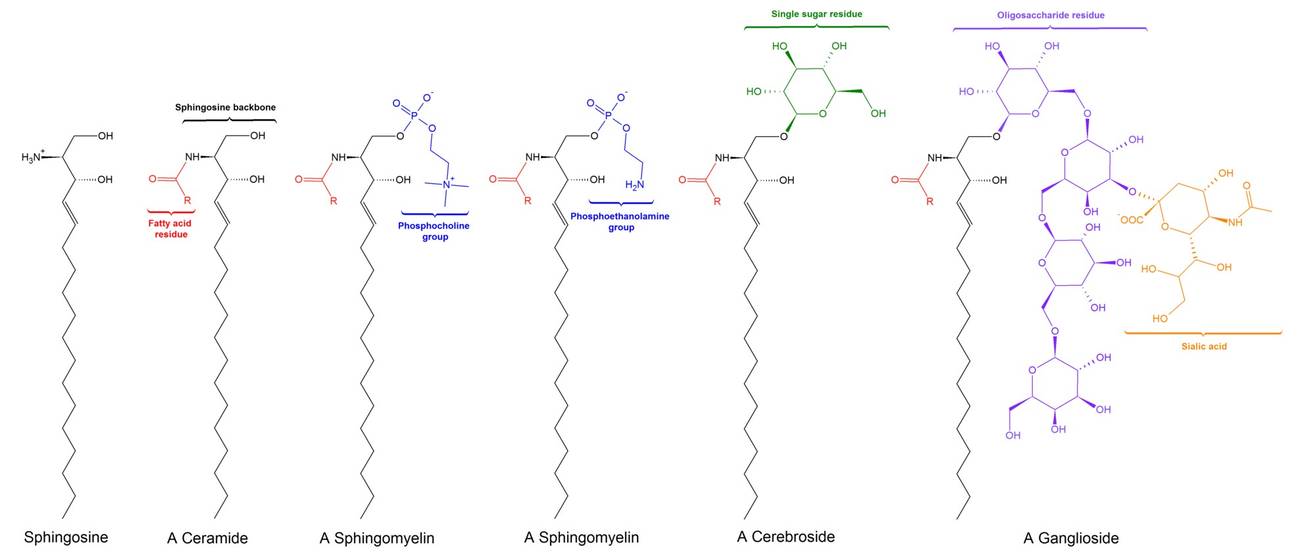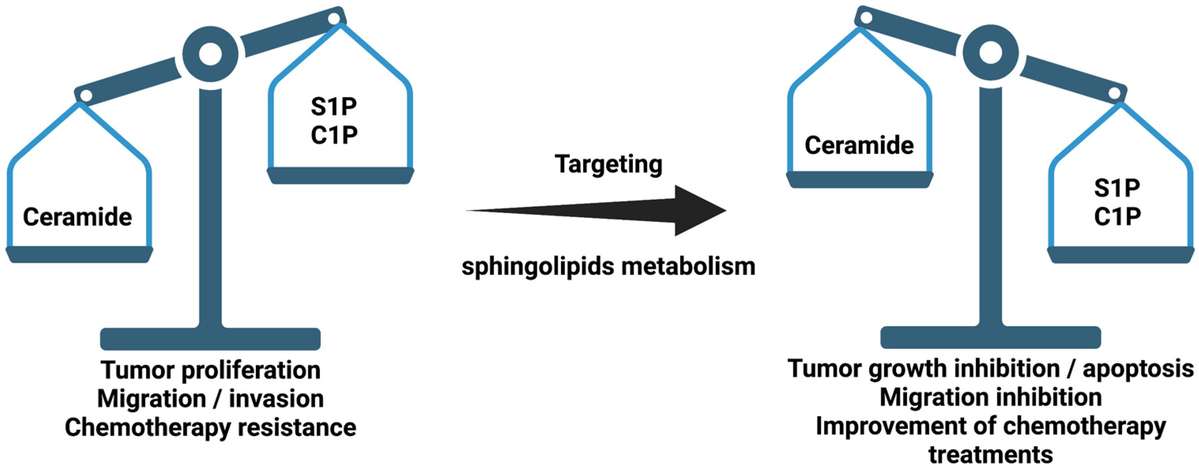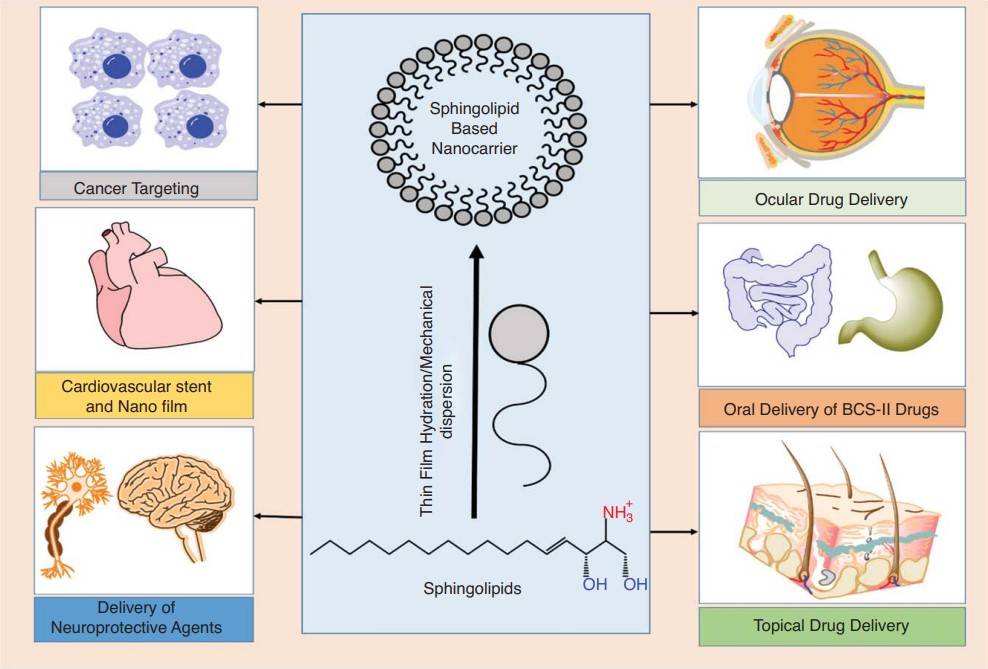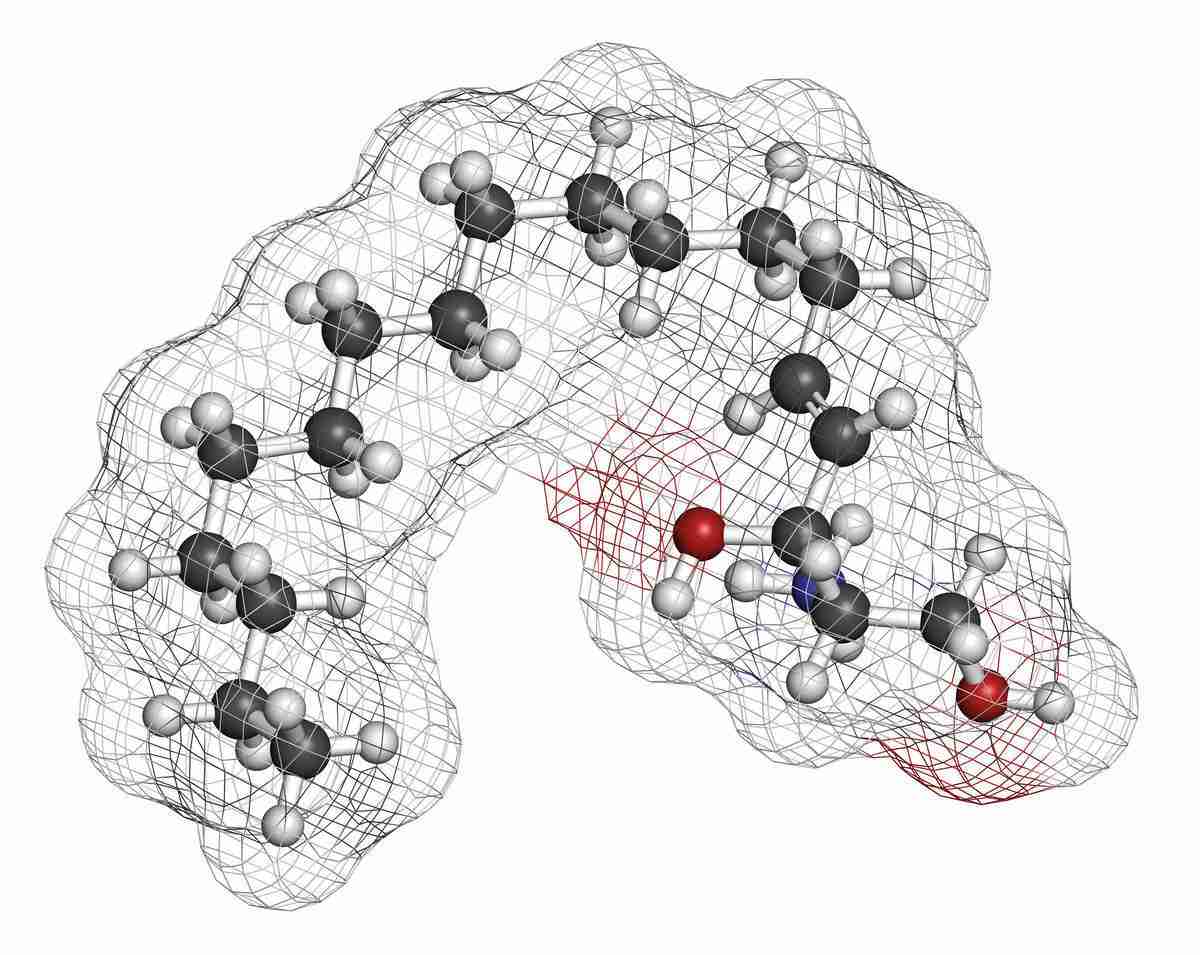Our Products Cannot Be Used As Medicines Directly For Personal Use.


Welcome! For price inquiries, please feel free to contact us through the form on the left side. We will get back to you as soon as possible.
Sphingolipids
Sphingolipids, a diverse class of lipids named for the enigmatic Sphinx because of their complexity, are essential components of cell membranes and mediators of numerous physiological processes. Unlike glycerophospholipids, sphingolipids are built on a sphingoid backbone, which confers unique chemical and functional properties. Beyond their structural role in membranes, they act as bioactive molecules, influencing cell signaling, differentiation and apoptosis. Recent research has highlighted their relevance in health and pathology, particularly in neurodegenerative diseases, cancer and metabolic disorders.
At Creative Enzymes, we are proud to offer a comprehensive range of sphingolipid products to support your research, biotechnology and pharmaceutical development needs. Whether you are studying cellular mechanisms, exploring therapeutic targets, or formulating innovative products, our sphingolipid solutions are designed to support your work with reliability and excellence.
Structural Overview of Sphingolipids
Sphingolipids are characterized by their sphingoid backbone, commonly sphingosine or dihydrosphingosine, linked to a fatty acid through an amide bond, forming ceramide—the structural core of most sphingolipids. Variations in the head groups attached to ceramide generate a spectrum of sphingolipids:
- Ceramide: The simplest sphingolipid, ceramide is a precursor to more complex derivatives and functions as a bioactive lipid in apoptosis and stress responses.
- Sphingomyelin (SM): Sphingomyelin is predominantly found in the plasma membrane and contains a phosphocholine or phosphoethanolamine head group. It is critical for membrane structure and signal transduction.
- Glycosphingolipids (GSLs): Based on their sugar moieties, they are classified as cerebrosides, gangliosides, and globosides. Gangliosides, for example, contain sialic acid residues and are abundant in neuronal tissue where they mediate cell adhesion and signal transduction.
The amphipathic nature of sphingolipids allows them to integrate into lipid bilayers, contributing to membrane microdomains or "lipid rafts" that regulate protein clustering and cellular signaling.
 Figure 1: General structures of sphingolipids.
Figure 1: General structures of sphingolipids.
Applications of Sphingolipids
Sphingolipids have diverse and far-reaching applications that go beyond basic research, finding relevance in therapeutic, diagnostic and industrial fields. These versatile biomolecules are fundamental to unraveling disease mechanisms, creating advanced drug delivery systems, and driving innovation in cosmetics and biotechnology.
Disease Research and Therapeutics
Sphingolipids are at the forefront of biomedical research due to their critical roles in health and disease. As key components in cellular signaling, these molecules offer significant insights into pathophysiological processes and potential therapeutic interventions.
- Neurobiology: In the nervous system, gangliosides, a subset of glycosphingolipids, play a central role in neurodevelopment, synaptic function, and repair mechanisms. Diseases such as Parkinson's, Alzheimer's, and Huntington's have been linked to abnormalities in sphingolipid metabolism. Studies are focusing on how these molecules affect neuronal health and connectivity, paving the way for therapeutic strategies to treat or prevent neurodegenerative diseases.
- Immunology: Glycosphingolipids are critical to the function of the immune system, mediating cell-to-cell communication and interactions with pathogens. They influence T-cell activation, antigen presentation and cytokine production, making them key players in the understanding of autoimmune diseases and the development of immunotherapies.
- Cancer Research: Sphingolipids such as ceramides and sphingosine-1-phosphate (S1P) play a dual role in cancer biology. Ceramides promote apoptosis, a mechanism of programmed cell death that inhibits tumor growth. Conversely, S1P is known to support cell survival and proliferation, making it a target for therapies aimed at disrupting cancer progression. Researchers are actively studying the balance of these molecules to develop innovative treatments, including modulators of sphingolipid metabolism as potential chemotherapeutic agents.
 Figure 2: Schematic representation of sphingolipid ratio and their relationship with cancer. Sphingosine 1-phosphate (S1P) and ceramide 1-phosphate (C1P). (Gomez-Larrauri et al., 2021)
Figure 2: Schematic representation of sphingolipid ratio and their relationship with cancer. Sphingosine 1-phosphate (S1P) and ceramide 1-phosphate (C1P). (Gomez-Larrauri et al., 2021)
Lipid-Based Drug Delivery Systems
The pharmaceutical industry uses sphingolipids extensively to formulate advanced drug delivery systems and to explore their therapeutic potential. Sphingomyelins, a major class of sphingolipids, are integral to the creation of liposomes and nanocarriers that mimic natural membranes. These systems enhance drug stability, improve bioavailability, and ensure targeted delivery in various diseases and drug delivery routes, including cancer targeting, cardiovascular stents and nanofilms, neuroprotective agent delivery, ocular drug delivery, oral BCS-II drug delivery, and topical drug delivery.
 Figure 3: Preclinical application of sphingolipid-based nanocarriers in various diseases and route of drug delivery. (Kumar et al., 2024)
Figure 3: Preclinical application of sphingolipid-based nanocarriers in various diseases and route of drug delivery. (Kumar et al., 2024)
Cosmetic and Dermatological Applications
Sphingolipids, particularly ceramides, are celebrated in the cosmetic industry for their exceptional benefits to skin health.
- Enhancing Skin Barrier Function: Ceramides are vital for maintaining the skin's natural barrier, preventing moisture loss, and protecting against external irritants. Their inclusion in moisturizers and serums helps address conditions like eczema, dryness, and sensitive skin.
- Anti-Aging Properties: Glycosphingolipids play a role in skin cell signaling and repair, contributing to their use in anti-aging products. They help reduce fine lines and wrinkles while promoting a youthful, resilient complexion.
- Hair Care: Sphingolipids are also incorporated into shampoos and conditioners to improve hair strength, hydration, and texture, making them a versatile component in personal care products.
Industrial Biotechnology
Beyond healthcare and cosmetics, sphingolipids are finding innovative applications in industrial biotechnology.
- Biosensors: Sphingolipids are being studied for their role in developing biosensors that detect biological interactions with high specificity. These technologies have potential in diagnostics, environmental monitoring, and food safety.
- Biomaterials: By exploiting the structural properties of sphingolipids, researchers are creating novel biomaterials for use in tissue engineering, drug delivery, and bioelectronics.
- Food Industry: Sphingolipids such as sphingomyelin are explored for their role in enhancing the nutritional value of food products and as functional additives with potential health benefits.

Sphingolipids are key molecules at the crossroads of biology, chemistry, and medicine, offering diverse applications and exciting opportunities for innovation. Discover Creative Enzymes' comprehensive sphingolipid portfolio and let us support your progress in research and development. Contact us today to drive discovery and progress in your field!
References:
- Gomez-Larrauri A, Das Adhikari U, Aramburu-Nuñez M, Custodia A, Ouro A. Ceramide metabolism enzymes—therapeutic targets against cancer. Medicina. 2021;57(7):729.
- Kumar S, Singh A, Pandey P, Khopade A, Sawant KK. Application of sphingolipid-based nanocarriers in drug delivery: an overview. Therapeutic Delivery. 2024;15(8):619-637.